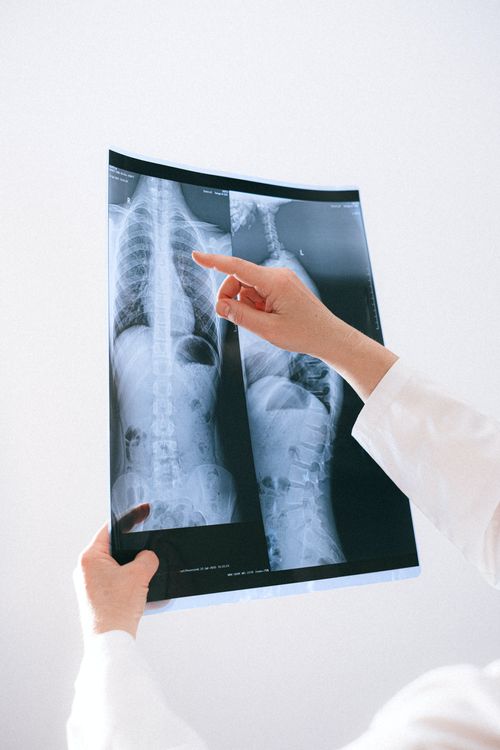Nerve compression

Treatment
Disc Herniation – Bone Spurs – Arthritis – Stenosis
About the treatment
Nerve compression can occur due to a variety of conditions including disc herniation, bone spurs, arthritis, and stenosis.
Disc Herniations
Disc herniations occur when the contents of the intervertebral disc either leaks out or bulges from its normal position, and puts pressure on, or irritates, the nerve.
Bone Spurs and Arthritis
Bone spurs and arthritis occurs as part of an overall arthritic degenerative process and is often due to micro-instability within the joint that causes bone overgrowth. Occasionally this overgrown can press on the nerves and cause pain and nerve dysfunction.
Spinal stenosis
Spinal stenosis is the generic name for any narrowing in the central canal, or in the spaces where nerve roots exit the spine called the foramina (foramen). This can be due to disc herniation, arthritis, or a variety of other conditions including congenital narrowing.
Symptoms of nerve compression can include: numbness, weakness, pain, tingling, clumsiness.
In most cases, a microscopic or endoscopic decompression is sufficient to relieve symptoms. These surgeries can often be done on an outpatient basis. Very close attention must be paid to a comprehensive X-ray, MRI, and CT imaging to choose the safest, least invasive, and yet most thorough treatment individualized to the patient.
Dropped head - Chin on chest deformity Request a Consult
"*" indicates required fields
